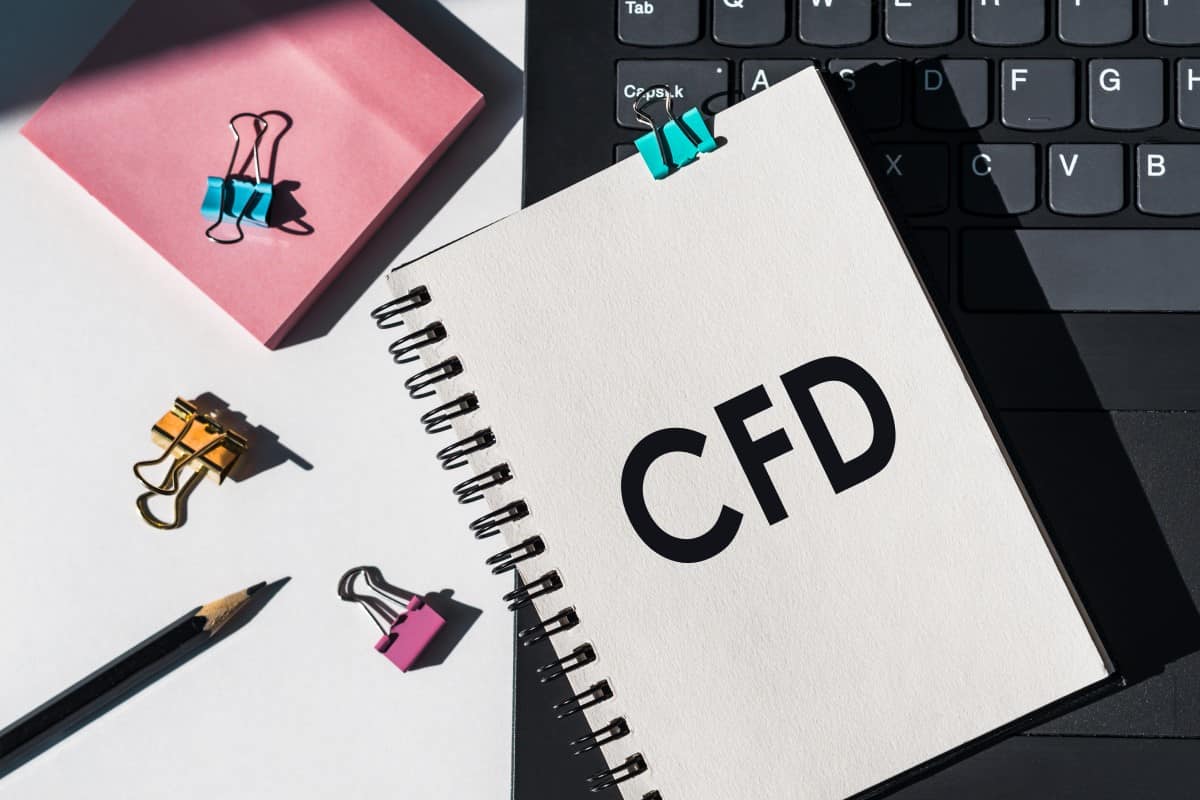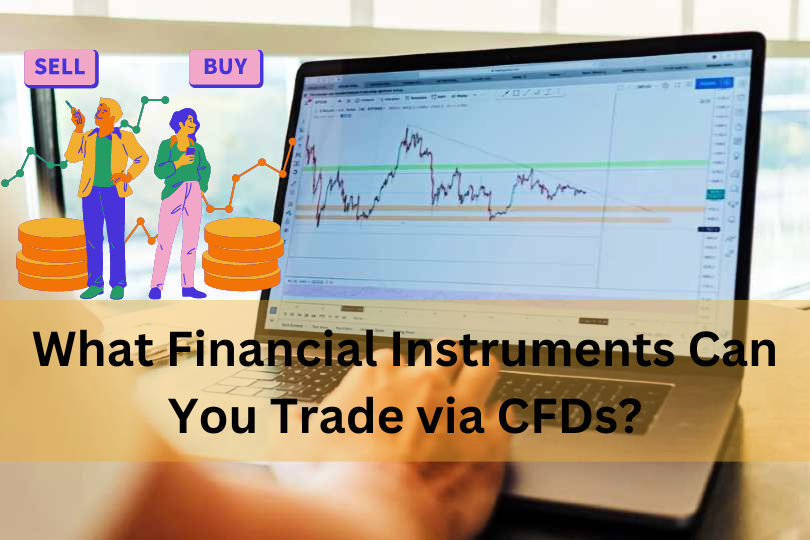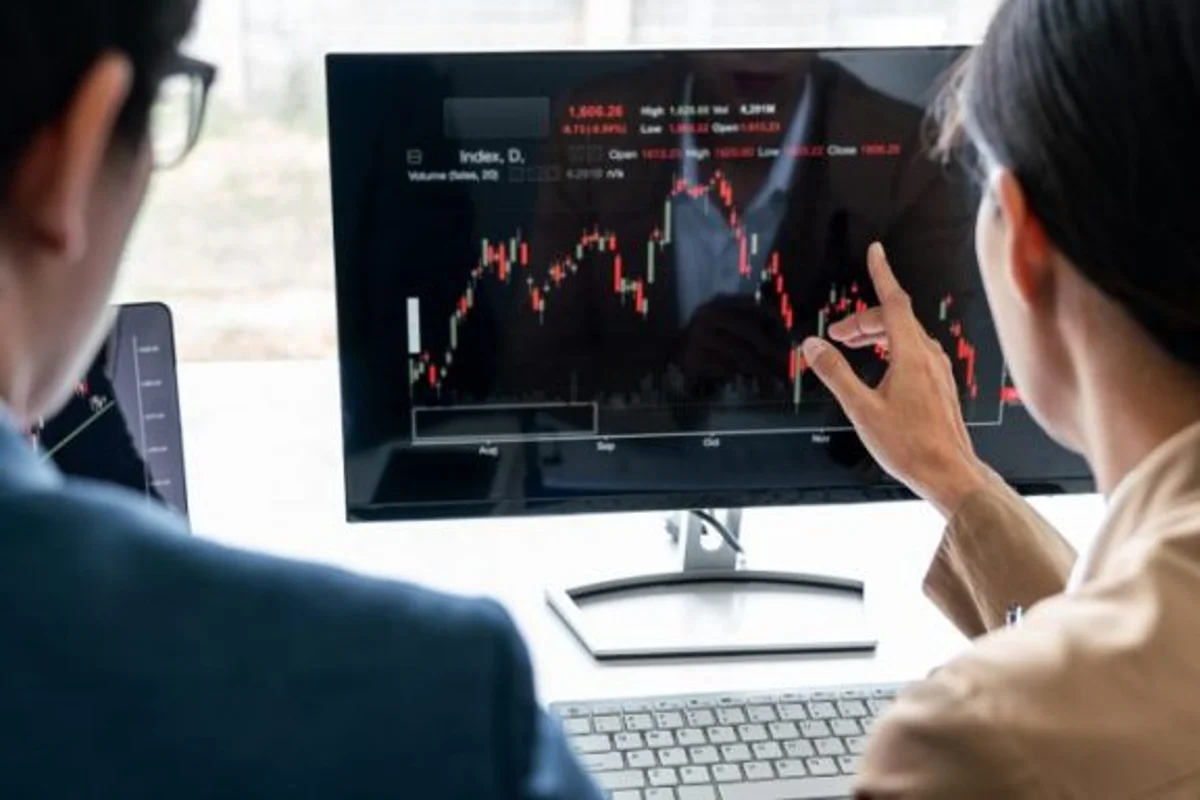What Is A Spread, And Why Does It Matter?
Do you want to make money in forex but need to know where to start? Understanding what a spread is and why it matters is a great place to begin.…
Do you want to make money in forex but need to know where to start? Understanding what a spread is and why it matters is a great place to begin.…
If you are a trader looking to make the most of your investments, you've likely heard about electronic communication network (ECN) trading accounts. These accounts provide traders access to the…
CFD or Contract of Difference is an interesting way of trading the financial markets where traders make profits from the price fluctuations as anticipated by the trader without actually owning any financial asset. CFD trading is also considered as derivative trading, as the traders do not have to buy or sell the actual financial asset, instead the profits are derived from the speculation made by them.
CFD trading is an acronym used for “Contract of Difference” which is an agreement or a contract between the trader and CFD broker allowing traders to make money simply by anticipating the market price movement. The profits or losses made in CFD trading depends on the extent to which your anticipation is right. Traders can speculate the price movements in either direction and can benefit from it.

CFD trading allows traders to benefit from price movement on either side of the market. In other words, traders can make profits in bullish as well as bearish markets unlike conventional trading. For eg. If traders depict that the price of any underlying asset is going to decrease, they can place a sell underlying asset order and make profits from the difference in price between when the position was opened and when it closed. In this case, traders will only make profit if the prices go down, and if the prices increase, traders will lose and vice versa. With both long and short trades, profits or losses are realised when the trade is closed.
CFD trading is leveraged and traders can open large trading positions without committing the full cost of the trade. While leverage can amplify the potential profits, it can also amplify the risks in the trade. This means that both the profits and losses are magnified. Losses can become more than the initial deposits. Therefore, it is very important to keep in mind that the profits or losses will be calculated on the full size of the position. Also consider to pay extra attention to the ratio of leverage used and the risks are affordable.
Leverage is also referred to as “trading on margin” or “margin trading.” Margin is the minimum amount that is required to open and hold a CFD trading position on a CFD account. In CFD there are two types of margins required- first, a deposit that is required to open and maintain the position in case of incurred losses. Second, additional funds in the account. Traders receive a margin call from their CFD broker and traders will be asked to add more funds in the CFD account, and if the required amount is not added, the position gets automatically closed and losses incurred become realised losses.
CFD can also be used to hedge against the losses incurred in the current portfolio. For eg. If the trader anticipates any short term downfall in the price of the underlying asset, they can go short in the market and limit their potential losses. Hedging like this helps in gaining profits with any drop in prices.

With online CFD trading, traders can trade a wide range of markets via CFDs like – CFD forex, CFD indices, CFD Commodities, and CFD Cryptocurrencies. Traders do not need to actually buy the underlying asset to trade them in these CFD markets.
The prices in CFD trading are quoted as buying price and selling price.
Sell price is always slightly lower than the current market price whereas the buy price is always slightly more than the current market price. The difference between the buy/ ask price and sell/bid price is known as the spread.
The trading costs are generally covered in the spreads which means buy and sell prices are adjusted to reflect the overall trading costs.
CFD trading is carried out in standard lots. However, CFD brokers offer traders flexibility in choosing position size of their trade, depending on the underlying asset being traded.
Generally, CFD trading doesn’t have any expiry date, unlike option trading. The CFD trades are closed by opening in the opposite direction to which the trade was opened. For eg. a buy position of any underlying asset is closed by opening a sell position and selling the underlying asset.
If CFD positions are kept open beyond the daily cut-off time, an overnight funding is charged. The cost referred is the cost that is lent to the trader by the provider to open a leveraged trade. With the exception of being a forward contract, it has an expiration at some time, all the overnight funding charges are included in the spreads.
To calculate the profits and losses there is a formula that is used. Deal size of the position is multiplied with the value of each contract, then the figure obtained is multiplied by the difference in points between the price at which the contract is opened and the price at which the contract is closed.
Therefore the formula can be expressed as:
Profit and loss = (number of contracts x value of each contract) x (closing price – opening price)
Online CFD trading has opened a wide range of CFD markets to the traders without owning any of the underlying financial assets. Traders can trade markets including CFD Forex, CFD Indices, Commodities,and Cryptocurrencies.

Beginners might find CFD trading overwhelming, however, traders can consider the following tips helpful trading CFDs
It is preferable if beginners start out with a CFD demo account to familiarise and get a feel of the CFD platform. Beginners can test their trading strategies using virtual currencies and polish their trading skills, before committing to any real money.
There are a number of CFD markets for trading and anyone can be chosen to trade with. Traders must stick to the CFD market that they are familiar with. Once you start gaining confidence in one CFD market, you can diversify your portfolio.
Beginners should start with small trade sizes to avoid facing losses in the initial phase. This will help in limiting the risks. It is better if the risk is limited to only 1- 2% of total CFD account capital.
Implying strict stops is very crucial when it comes to CFDs. CFD markets move more rigorously than conventional markets that can lead to losses. It is wise to keep the emotion out while trading CFDs. Successful traders never neglect using strict stops regardless of their trading experience.
The CFD markets being highly volatile are risky. However, traders can make profits if they gain extensive knowledge and skills.
Leverage in forex is a trading approach where traders borrow the money from the broker which allows traders to open and control a larger trading position with a relatively smaller amount of money. In other words, leverage gives traders the power to control something big with something small. Read More
Leverage is defined as the ratio of the trader’s fund to the size of the broker’s credit. It allows traders to increase their funds and get maximum market exposure with a comparatively smaller amount of money. Leverage can magnify the profits of the trader if he knows the right trading technique to use it. Leverage is represented in the form of a ratio. The ratio includes the trader’s fund to the size of the money lent by the broker. There are many leveraged forex brokers that offer leverage as high as 1:3000. To calculate the margin-based leverage, divide the total transaction value by the margin required. So, the margin-based leverage = transaction value/ margin required For e.g., if the leverage forex broker is offering the leverage of 1:100, this means that 1% of the total transaction value is required by the trader which is also known as the margin. If the trader wants to trade one standard lot of ($100,000) EUR/USD, then the 1% which is required by the trader is $1000. This means that the trader needs $1000 to control the position of $100,000. Using the above formula, the margin requirement for using other leverage ratios can be calculated. For e.g., if the margin-based leverage is: 1:400 then the margin required of the total transaction is 0.25%. For 1: 200 the margin requirement is 0.50% of the total transaction value, and for 1:50 is 2% of the total transaction value. Leverage is considered a double-edged sword that can amplify both potential profits as well as risks. Let’s understand how? If the trader wants to trade 0.1 lot of EUR/USD at 1.23228, he will require $123,22 USD in his account. But his trading account balance is $500 USD. If leverage of 1:500 is applied, he requires a margin of $123 USD to open this position, and $12,199 USD is lent by the broker. Balance in the trading account (in the above case $500 USD) and unrealized profit or loss on the transaction together are known as equity margin. Equity margin reflects whether the market is going against or in the favor of the trader. The minimum amount required to open the trade is known as the margin (in the above case $123 USD). The difference between the account balance and the margin is known as the free margin (in the above case $277 USD). If the market goes upward or in the favor of the trader, the free margin keeps on increasing and the margin remains the same. When the leveraged position is closed, brokers pull out their money and the profits are released to the trader. But if the market goes against the trader, and the market price is about to hit the free margin level, the broker sends a margin call where traders are asked to either close the position or add extra funds. If the traders fail to do any of this, brokers initiate a stop-out where the position is closed. The main risk in leveraged trading is that if the market becomes highly volatile due to any sudden news or data release, while the position is opened and the prices fluctuate so rigorously that sometimes brokers might not be able to close your position, that can lead to heavy losses. In such cases, the broker’s funds also start depleting which is an additional risk. Traders are liable for all the losses which mean traders need to pay the lost amount to the broker. Leverage can magnify potential profits if the traders have good trading knowledge and skills. However, it can also blow the trading account if the trader does not know what he is doing. It is important for traders to apply a strict risk management strategy to the trade and avoid trading with money they can’t afford to lose.What is leverage?
Calculating The Margin-Based Leverage:

How Does Leverage Affect The Trades?
Bottom line